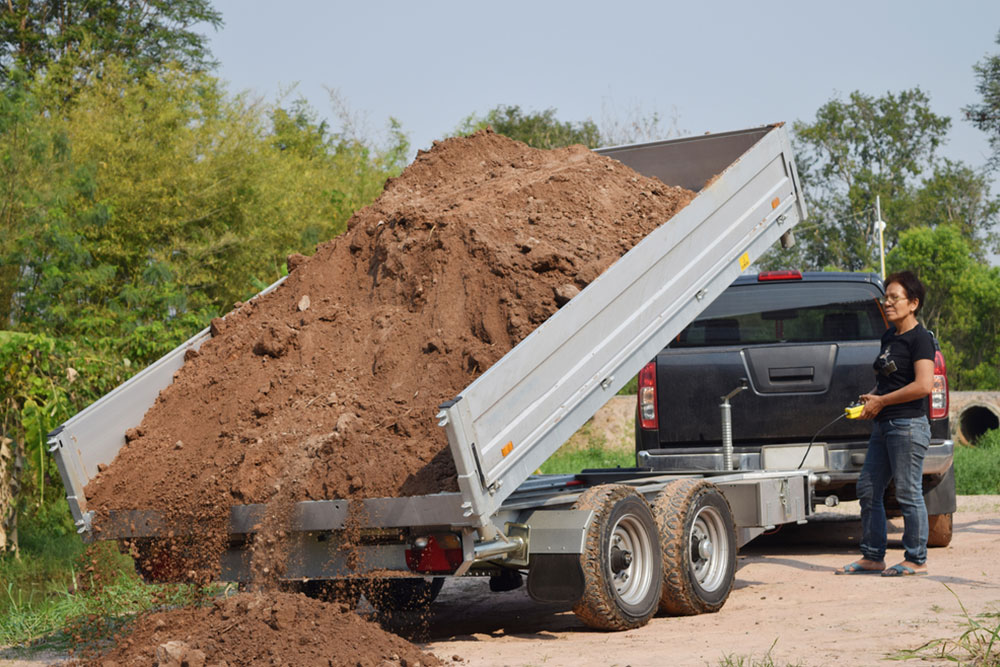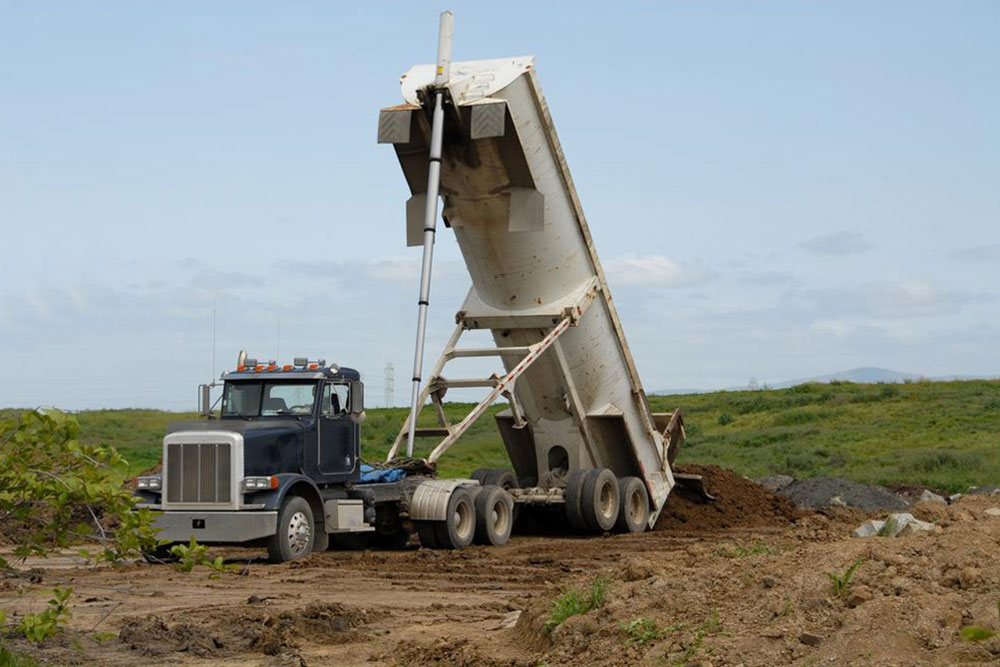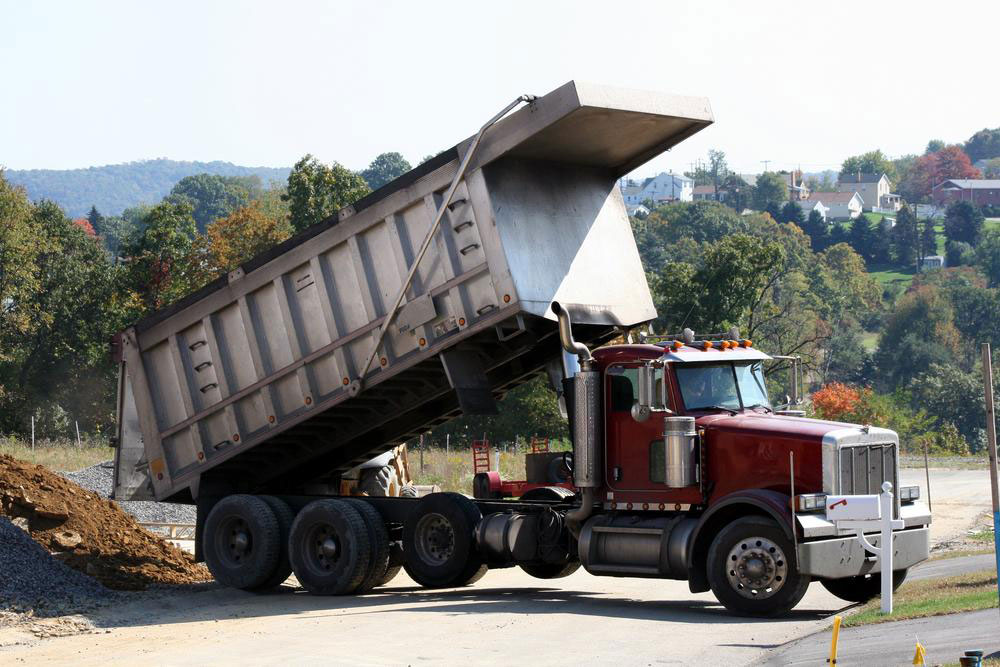Comprehensive Guide to Choosing Between Side and End Dump Trailers for Industrial Use
This comprehensive guide compares side dump and end dump trailers, detailing their features, advantages, and typical applications. It helps you choose the best trailer type for your construction, mining, or industrial projects based on durability, capacity, safety, and regional use. Learn about design differences, handling, and regional popularity to optimize your hauling operations.

How to Choose the Right Dump Trailer: Comparing Side Dump and End Dump Models
Selecting the most suitable dump trailer for your construction, mining, or industrial project is crucial for ensuring efficiency, safety, and cost-effectiveness. Among the various options available, side dump and end dump trailers are the most commonly used due to their powerful load-carrying capabilities and adaptability to different operational environments. However, each type has specific features, advantages, and limitations that can significantly influence your decision. Understanding these differences in depth is essential for making an informed choice that aligns with your project needs and regional operational preferences. In this comprehensive guide, we will delve into the detailed characteristics of both trailer types, compare their performance metrics, and explore their typical applications and regional popularity to help you determine the best fit for your fleet.
End Dump Trailers: An In-Depth Overview
Design and Construction Materials:
End dump trailers are mostly constructed using durable materials to withstand demanding environments. They are often made from steel or aluminum, with steel models offering superior strength and longer lifespan, making them suitable for heavy-duty applications. Aluminum variants are lightweight, which can enhance fuel efficiency, but may be less resistant to dents and impacts. The choice of material depends on your operational priorities—whether durability or weight savings are more critical.
Load Capacity and Capacity Management:
One of the key advantages of end dump trailers is their high load capacity. They are engineered with reinforced sides and robust construction, enabling them to carry large volumes of loose materials such as gravel, sand, or aggregates efficiently. The design allows for easy regulation of load distribution, making them favorable for projects requiring heavy hauling volumes.
Handling, Maneuverability, and Unloading:
Thanks to their design, end dump trailers excel in situations where maneuvering in confined spaces is necessary. Their ability to be articulated or tipped over the tailgate for quick unloading makes them ideal for construction sites with limited space. However, their size and weight can sometimes limit their agility on narrow or congested routes.
Stability and Safety Considerations:
While effective, end dump trailers are more prone to stability concerns, especially if loaded improperly or driven at high speeds. They tend to have a higher tendency for tipping over during unloading, which can pose safety risks. This aspect can also influence insurance premiums and safety protocols on your site.
Primary Applications:
These trailers are predominantly used in construction and infrastructure projects, including road construction, bridge building, snow removal operations, and storage of bulk aggregates. Their ability to efficiently handle large volumes makes them the go-to choice for heavy-duty hauling jobs.
Regional Usage Trends:
End dump trailers are more common in the eastern regions of the country, where their design aligns well with the specific requirements of local infrastructure development and industrial practices.
Side Dump Trailers: An In-Depth Overview
Construction and Material Durability:
Side dump trailers are renowned for their sturdy construction, capable of withstanding the rigors of tough operational environments. Typically fabricated with high-strength steel or aluminum, they are built to support heavy, rough, and uneven loads frequently encountered in mining, excavation, and large-scale construction projects. Although aluminum models are more lightweight, they may be susceptible to dents and damage from heavy impacts, so choosing the right material based on specific project conditions is vital.
Capacity and Loading Flexibility:
Although their cubic capacity is generally less than end dump trailers, side dump trailers make up for it with modularity. Their design allows for multiple trailers to work in tandem, increasing overall productivity in large-scale operations. They are ideal for hauling materials like rocks, boulders, riprap, and other loose aggregates that require efficient dumping over a wide area.
Handling, Maneuverability, and Safety:
Side dump trailers shine in open environments, providing excellent stability during loading and unloading. Their ability to dump materials by tilting sideways offers a safer and more controlled unloading process, reducing safety hazards and lowering insurance costs. However, they are less suitable for tight or confined spaces during unloading, which can limit their application in congested job sites.
Operational Uses and Applications:
These trailers are extensively used in heavy construction tasks such as levee and dam construction, mining operations, large-scale excavation, and roadway development. Their capability to handle heavy materials like riprap makes them a popular choice for projects where large volumes of rugged materials must be transported efficiently.
Regional Prevalence:
Side dump trailers are especially prevalent in Western and Great Midwest regions, aligning with regional industry needs and landscape conditions.
Both side dump and end dump trailers serve vital roles in various industries. Your decision should hinge on several factors specific to your project, including the nature of materials, site conditions, operational safety standards, and regional usage patterns. Choosing the right type of trailer depends on maximizing efficiency, minimizing safety risks, and ensuring cost-effective operations. Whether you prioritize maneuverability, load capacity, or durability, understanding the distinctive advantages of each trailer type can greatly enhance your fleet's performance and project success.





